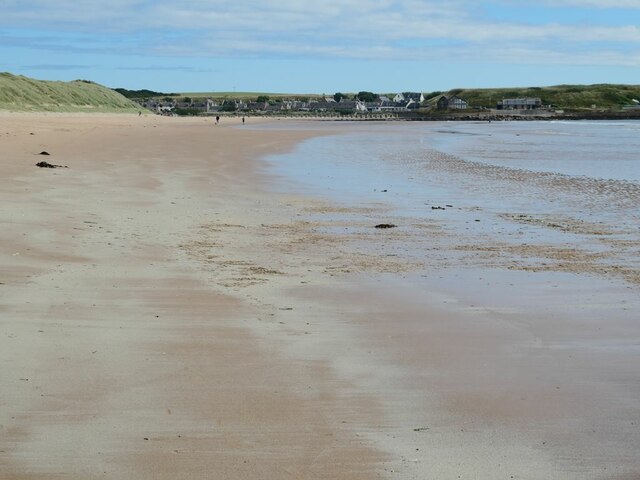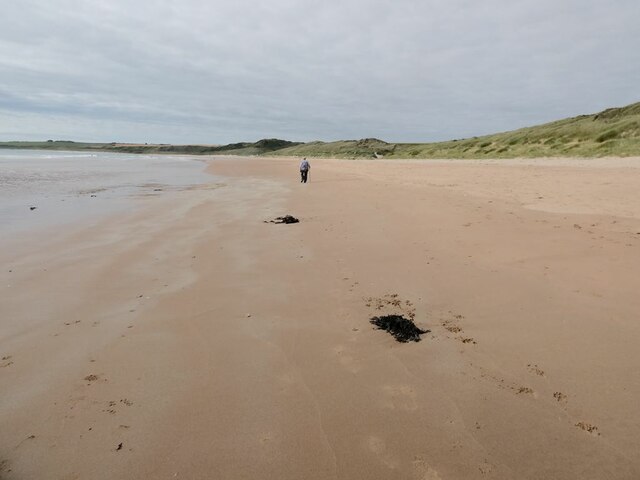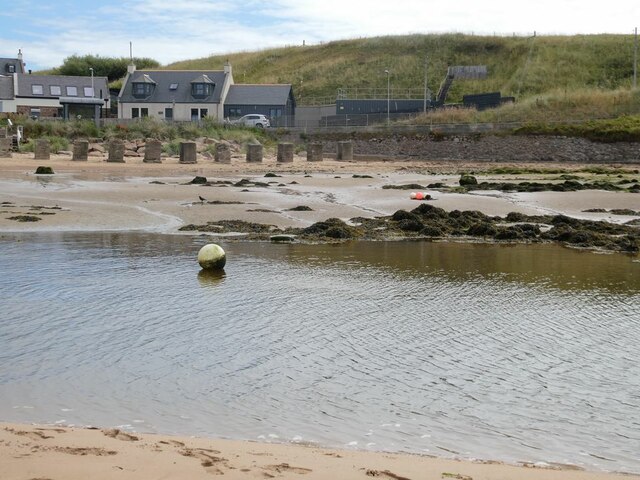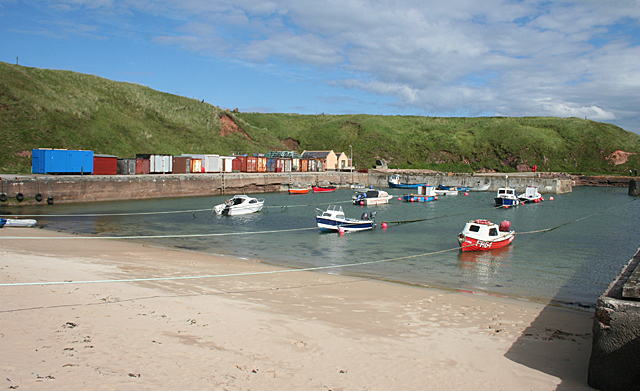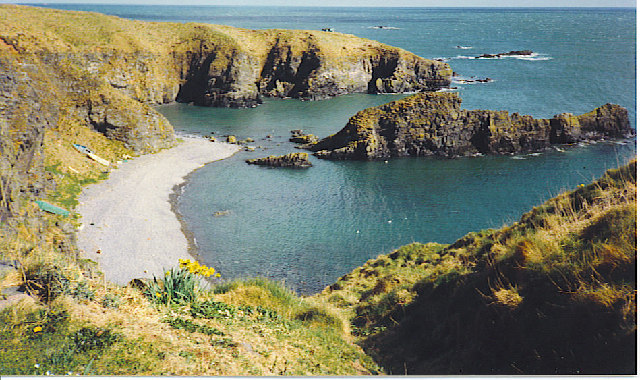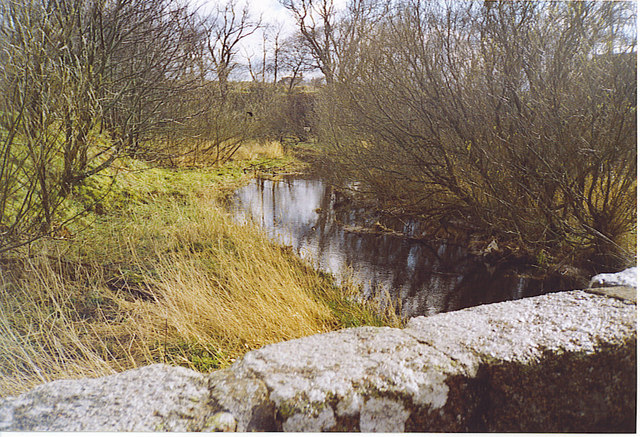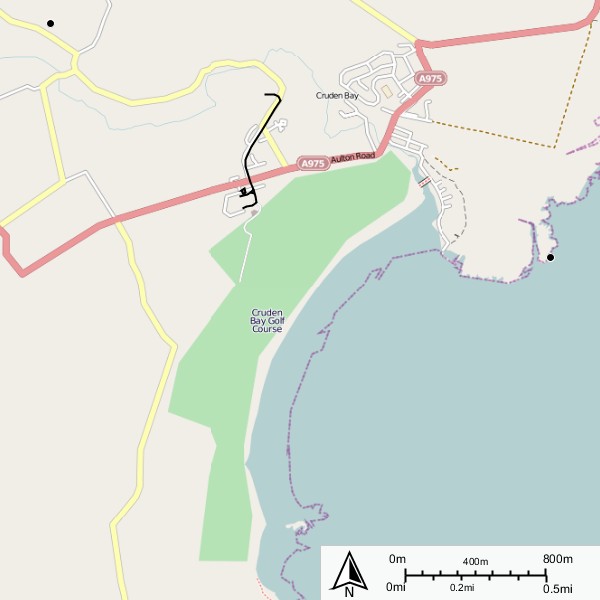Sand Craig
Island in Aberdeenshire
Scotland
Sand Craig
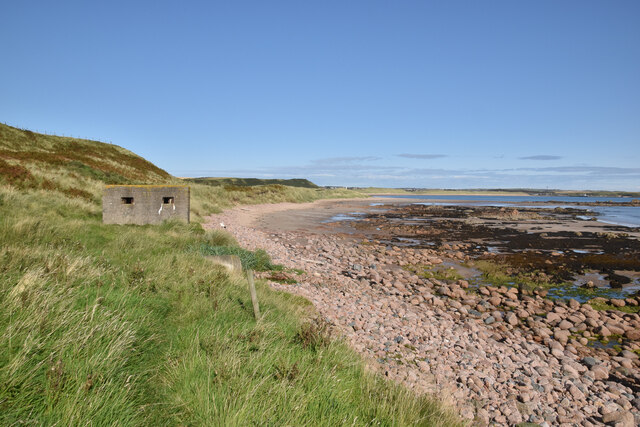
Sand Craig is a small island located off the northeastern coast of Aberdeenshire, Scotland. It is situated in the North Sea, approximately 2 kilometers from the mainland. The island covers an area of around 3 hectares and is primarily composed of sandy beaches, rocky outcrops, and grassy dunes.
Sand Craig is a haven for wildlife, attracting various species of seabirds such as gulls, terns, and cormorants. The surrounding waters are also home to a diverse range of marine life, including seals, dolphins, and occasionally whales. The island’s remote location and natural beauty make it a popular spot for birdwatching and nature enthusiasts.
Access to Sand Craig is limited due to its small size and lack of infrastructure. There are no permanent residents on the island, and it is primarily visited by boat or during low tide when a natural causeway emerges, allowing visitors to walk across from the mainland. Camping and picnicking are popular activities for those who venture to Sand Craig, providing a tranquil escape from the busyness of mainland life.
The island's history is relatively unknown, although it is believed to have been used as a fishing and hunting ground by early settlers. Today, Sand Craig remains an untouched and secluded sanctuary, offering visitors a chance to immerse themselves in the natural beauty of Aberdeenshire's coastline.
If you have any feedback on the listing, please let us know in the comments section below.
Sand Craig Images
Images are sourced within 2km of 57.397213/-1.859238 or Grid Reference NK0834. Thanks to Geograph Open Source API. All images are credited.
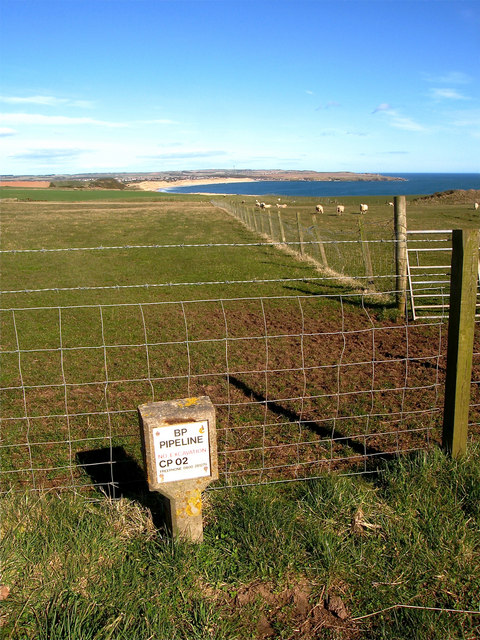



Sand Craig is located at Grid Ref: NK0834 (Lat: 57.397213, Lng: -1.859238)
Unitary Authority: Aberdeenshire
Police Authority: North East
What 3 Words
///awards.liberty.chitchat. Near Port Erroll, Aberdeenshire
Nearby Locations
Related Wikis
Nearby Amenities
Located within 500m of 57.397213,-1.859238Have you been to Sand Craig?
Leave your review of Sand Craig below (or comments, questions and feedback).
